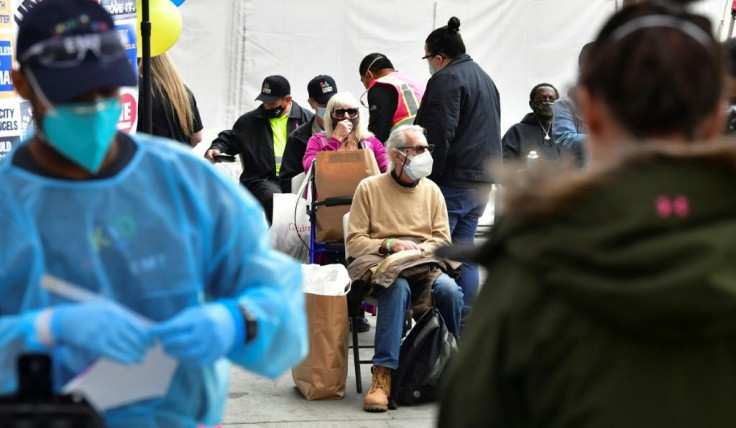Lifting Covid restrictions Too Soon? Data Say Maybe

Pandemically speaking, we as a country are in a precarious spot. Some states are abandoning their protective regulations while the rates of infections and deaths are not on a straight, downward trajectory. Published reports show a new variant in New York City, one capable of making vaccines less effective. Other reports discuss how obesity is affecting inoculation levels, hospitalizations and more.
Lifting restrictions
In all, 14 states do not have a mask requirement. Texas and Mississippi recently rescinded theirs.
Texas is among the states listed in the New York Times ’ daily Covid analysis of states with the most new cases, and the number is still rising. Georgia, Idaho, South Dakota and Alaska are also on this list; they too have no mask restrictions. The others on the list, including New Jersey, New York, Rhode Island and Connecticut, have mandatory mask wearing rules. Texas, Idaho and Alaska are among the states with increasing death numbers. The Times ’ analysis covers the last seven days.
While Texas has fewer deaths per 100,000, 25 per, next to the top-ranked state, New Jersey, 38 per, it also has 7 of the hardest hit communities, out of 20, in the Times ’ analysis. Alaska, in second place, has 3.
As of this morning, March 5, about 520,200 people have died from Covid. The Times map shows that Ohio has removed its death tally.
The federal government isn’t happy with states’ restriction lifting. It’s not the time, said Rochelle Walensky, MD, director of the Centers for Disease Control and Prevention. “I know people are tired; they want to get back to life, to normal,” she said in comments to the New York Times. “But we’re not there yet.”
Unmasking dangers
In this week’s Mortality and Morbidity Weekly Report, the CDC examined how case and death rates are shaped by statewide mask mandates and on-premises dining. They found decreases in both new cases and deaths within 20 days of mandates going into effect. The impact of dining was split across two time periods, with increases in case growth 41-100 days after reopening and deaths coming later at 61-100 days.
Recent Mortality and Morbidity Weekly Reports can also serve as a reminder of what this virus is capable of doing.
In August, a group of exercise devotees attended an indoor, high-intensity workout at a gym in Chicago. Among the 81 people, 22 of them already were infected. Some had symptoms the day of the workout, or right before. By the time everyone left the gym an additional 27 people would eventually test positive, and another 6 probably were infected, but they were not interviewed by public health officials. Were those people infected at the gym? The report writers acknowledged that because not everyone at the gym granted an interview, and because DNA wasn’t extracted to check who had what strain, they couldn’t definitely say that all were infected during the workout.
The facility itself, according to the March 5th MMWR, was Covid-conscious. The classes were only open to a maximum of 15 people, one-quarter of its usual capacity. Masks were required at the door; temperatures were taken and a symptom checks applied.
But the facility allowed the attendees to take off their masks during exercise. At least three-quarters of the participants did just that, most of whom were already infected.
This virus, research has shown, can travel nicely on deeply exhaled air, especially if the person is overweight.
Another risk
Obesity keeps coming up as a significant problem with Covid.
New research – not yet peer reviewed – suggests that even with Covid-19, some old findings on immune responses hold true. If you’re female, on the younger side, and on the thinner side – you are likely to be better inoculated than older, heavy males.
Other research, released by the World Obesity Federation, has found that obesity is a continuing threat to recovery from Covid. According to the authors, of the 2.5 million people who have died from Covid as of February 28, the vast majority, 2.2 million, lived in countries where at least 50% of the population is overweight.
This report, released March 3, which culled together information from Johns Hopkins, the World Health Organization and other sources, compared those countries whose population was at least 50% overweight, versus the number of deaths from Covid-19. The result: the higher the patient’s weight, the higher the risk that the person is admitted to the ICU and will need a respirator. This report included studies worldwide that were remarkably similar: Spain, Covid patients with obesity more likely to die by 51%; Sweden, 3 times as likely; and in Mexico, 75% more likely to die.
Staying vigilant is going to stay important for months to come, and scientists are still learning new things about Covid-19, how it spreads, and how it affects the body. The pandemic isn’t over yet.



























